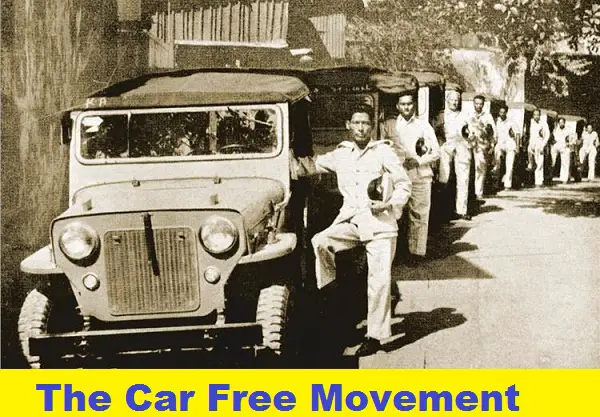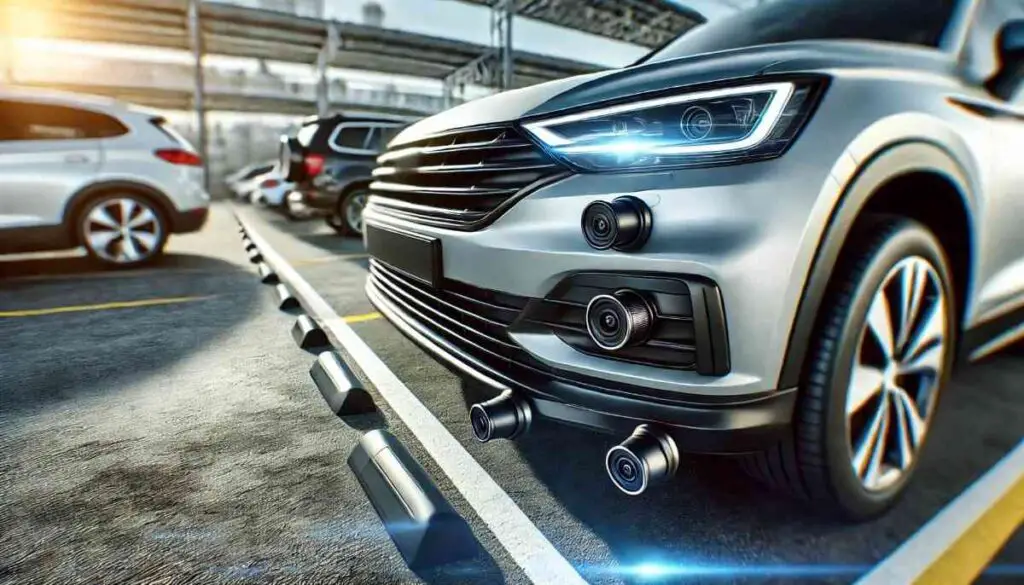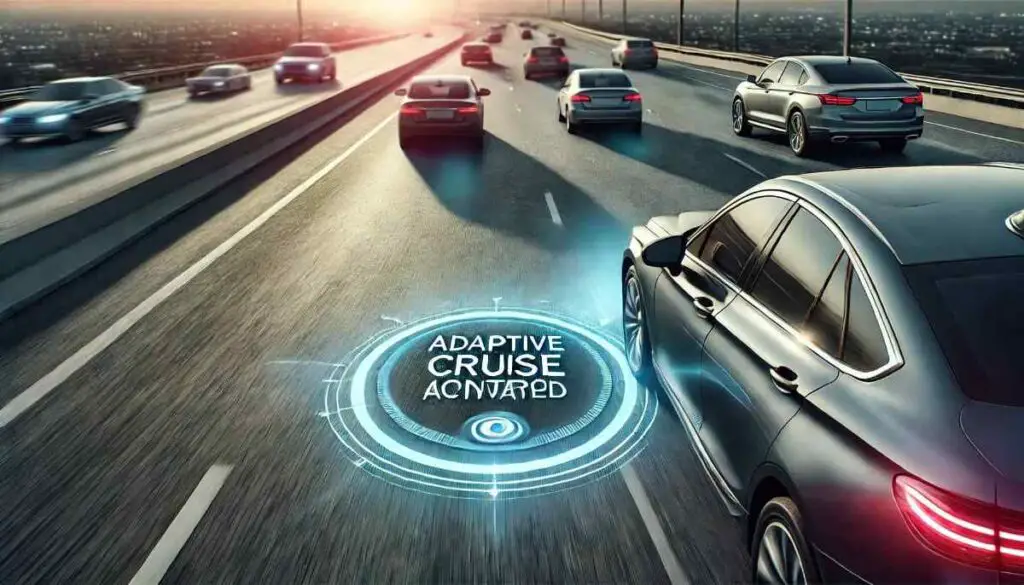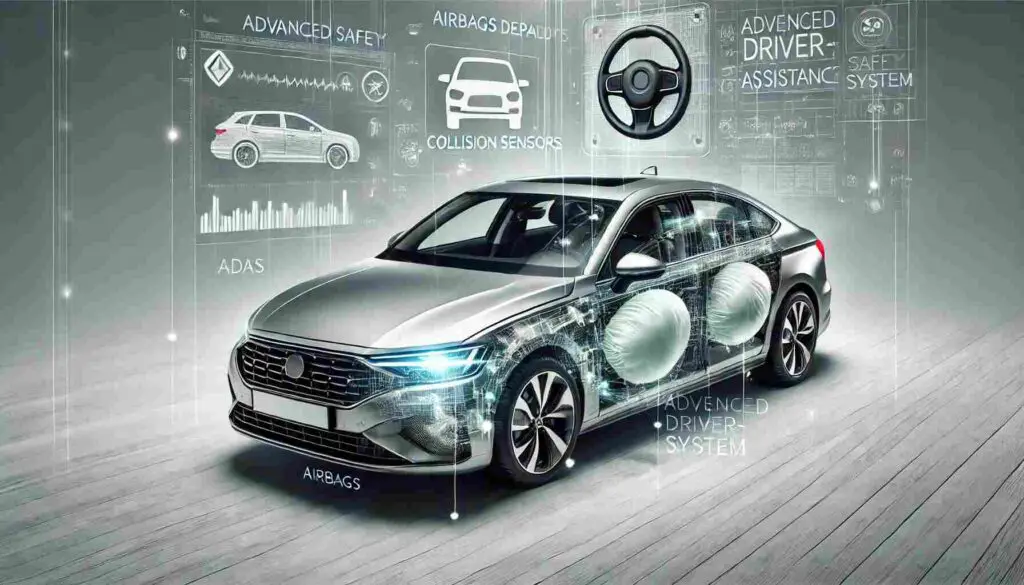In recent times, the car-free movement has gained significant momentum as cities around the world strive to create more sustainable and livable urban environments. This movement is defined by a shared belief that motorized vehicles have come to dominate modern cities, leading to issues such as traffic congestion, pollution, and reduced quality of life. The primary goals of the car-free movement are to reduce the reliance on traditional vehicles and to promote alternative transportation options that prioritize the well-being of both residents and the environment.
Historical Context
The car-free movement finds its roots in the historical evolution of cities. Before the widespread adoption of cars, urban spaces were designed to facilitate walking, cycling, and communal interactions. However, with the introduction of automobiles, urban sprawl and traffic congestion emerged, reshaping the landscape of cities and leading to car dominance. This shift prompted a reevaluation of urban planning practices and the need for more sustainable alternatives.
Impact on Urban Design
Urban design plays a crucial role in facilitating the success of the car-free movement. The promotion of sustainable and public transport options is at the forefront of urban design efforts. Zoning regulations are adjusted to encourage mixed-use developments that combine residential, commercial, and recreational spaces, reducing the need for long-distance transportation. Housing developments are strategically located to provide proximity and accessibility to daily necessities, thus reducing the dependency on private cars.
Examples of New Urbanism and Complete Streets Improvements
New Urbanism and the concept of Complete Streets have emerged as prominent strategies within the car-free movement. New Urbanism focuses on creating pedestrian-friendly neighborhoods that incorporate mixed land uses and provide a sense of community. Complete Streets initiatives prioritize the needs of pedestrians, cyclists, and public transport users by designing roads and streets to accommodate various modes of transportation.
Different Approaches to Car-Free Spaces
The car-free movement encompasses various approaches aimed at reducing or eliminating vehicular traffic within urban areas:
Car-Free Cities
Some cities have taken the bold step of completely eliminating cars from certain areas. These car-free cities designate specific zones where only non-motorized transportation is allowed. This innovative approach not only reduces pollution and congestion but also promotes a healthier and more vibrant urban experience.
Car-Free Zones
Car-free zones represent a more nuanced approach, wherein restricted car use is enforced in particular parts of a city. This strategy strikes a balance between accommodating essential vehicle use and promoting sustainable alternatives. Traffic bollards and barriers are strategically placed to prevent unauthorized vehicular entry, creating safe and inviting spaces for pedestrians and cyclists.
Strategies for Car-Free Urban Areas
Creating successful car-free urban areas requires a combination of strategies that prioritize the well-being of residents and the environment:
Living Streets and Complete Streets
Living streets are designed with a primary focus on pedestrians, cyclists, and communal activities. These streets prioritize safety, accessibility, and aesthetics. Complete Streets principles extend this idea by ensuring that roads are designed to accommodate a variety of transportation modes, promoting inclusivity and reducing the need for car travel.
Reducing Long-Distance Transportation
Promoting car-free urban spaces involves minimizing the necessity for long-distance transportation. This can be achieved through careful urban planning that places essential services, workplaces, and recreational facilities within walking or cycling distance. By reducing the need to commute long distances, individuals are encouraged to embrace sustainable modes of transportation.
Creating Proximity and Accessibility
Designing neighborhoods with a strong sense of proximity and accessibility is pivotal in reducing car dependency. By providing easy access to grocery stores, schools, healthcare facilities, and recreational areas, residents are more likely to choose walking, cycling, or public transportation for their daily needs.
Case Studies and Examples
Several successful initiatives illustrate the effectiveness of the car-free movement:
World Squares for All
London’s “World Squares for All” project focuses on reclaiming major squares from vehicular traffic. By transforming these spaces into pedestrian-friendly zones, the city promotes social interaction, cultural events, and a cleaner environment.
Car-Free Cities and Zones
Cities like Copenhagen, Amsterdam, and Pontevedra have embraced car-free zones with remarkable success. These initiatives have led to improved air quality, reduced noise pollution, and increased public space utilization.
Sustainable Transportation Alternatives
Innovative solutions, such as distribution centers for goods and last-mile delivery systems, help reduce personal car use. Online food ordering systems and community bicycle programs contribute to the overall reduction in vehicular traffic.
Advocacy and Activism
The car-free movement is further propelled by advocacy groups and activism:
Campaign for Better Transport
Groups like the Campaign for Better Transport advocate for enhanced public transportation systems. Their efforts contribute to shifting the narrative from car dominance to sustainable transportation options.
Car Free Walks and Activist Groups
Initiatives like Car Free Walks encourage public transport for recreational activities. Activist groups like Reclaim the Streets and Critical Mass rides organize events that promote alternative transportation and challenge the status quo.
Celebrating Car-Free Initiatives
Official events such as Car Free Days, Ciclovía, and World Urbanism Day celebrate the success of the car-free movement:
Car Free Days
These events encourage residents to leave their cars at home for a day, showcasing the benefits of reduced traffic congestion and improved air quality.
Ciclovía
Ciclovía emphasizes cycling as a viable alternative to cars by temporarily closing streets to vehicular traffic and encouraging people to cycle.
World Urbanism Day
World Urbanism Day promotes non-car transportation options globally, fostering discussions on sustainable urban development.
Car-Free Development Models
Various car-free development models have emerged as solutions for creating sustainable and livable urban spaces:
Vauban Model in Freiburg, Germany
The Vauban model in Freiburg showcases balanced traffic management through restricted car access, ample green spaces, and efficient public transportation.
Limited Access Models and Pedestrian Zones
Limited access models and pedestrian zones prioritize pedestrian and cyclist safety while allowing only authorized vehicles in specific areas.
Benefits and Challenges
The car-free movement presents a host of benefits and challenges:
Environmental Benefits
Reduced pollution, noise, and congestion are significant environmental gains achieved through the reduction of car use.
Challenges and Solutions
Changing urban infrastructure and individual habits pose challenges, which can be addressed through comprehensive urban planning, public awareness campaigns, and incentivizing sustainable transportation choices.
Frequently Asked Questions (FAQs)
-
What is the car-free movement?
The car-free movement is a societal initiative aimed at reducing the reliance on automobiles in urban environments. It advocates for alternative modes of transportation and seeks to create cities and zones where cars are not the dominant means of commuting and transportation.
Key points:
- Reducing reliance on automobiles in urban settings.
- Promoting alternative modes of transportation.
- Creating car-free cities and zones for sustainable living.
What led to the dominance of cars in urban spaces?
The dominance of cars in urban spaces can be attributed to factors such as industrialization, urban sprawl, and advancements in automobile technology. As cities expanded, infrastructure development often prioritized road networks and parking facilities, making cars a convenient choice for transportation.
Key points:
- Industrialization and urbanization contributed to the need for efficient transportation.
- Infrastructure development favored cars with extensive road networks.
- Advancements in automobile technology increased accessibility and convenience.
How does urban design play a role in reducing car use?
Urban design has a significant impact on reducing car use by promoting walkability, providing accessible public transportation, and creating mixed-use spaces. Well-designed cities prioritize pedestrian-friendly layouts, integrate public transportation hubs, and encourage community engagement within walking distances.
Key points:
- Walkable urban designs enhance pedestrian accessibility.
- Efficient public transportation systems decrease car dependency.
- Mixed-use spaces reduce the need for long commutes and car travel.
What are car-free cities and zones?
Car-free cities and zones are areas within urban environments where automobiles are restricted or entirely prohibited. These areas prioritize pedestrians, cyclists, and public transport, leading to cleaner air, reduced congestion, and improved quality of life for residents.
Key points:
- Car-free cities restrict or ban automobiles in designated areas.
- Focus on non-motorized transportation options and public transit.
- Positive outcomes include improved air quality and reduced traffic congestion.
What are some successful examples of car-free initiatives?
Several cities worldwide have successfully implemented car-free initiatives. For instance, Copenhagen in Denmark has dedicated cycling lanes and pedestrian-friendly streets. Paris, France, introduced the “Paris Respire” program, which restricts traffic in certain neighborhoods on Sundays and holidays, encouraging car-free activities.
Key points:
- Copenhagen, Denmark, promotes cycling and pedestrian-friendly streets.
- Paris, France, restricts traffic in specific areas on designated days.
- Various cities globally have adopted successful car-free strategies.
Car-Free Development: Benefits and Challenges
What are the benefits of car-free development?
Car-free development offers numerous benefits, including reduced air pollution, enhanced public health, improved urban aesthetics, and decreased traffic congestion. By prioritizing alternative modes of transportation, these developments create sustainable, livable, and vibrant communities.
Key points:
- Reduced air pollution and improved air quality.
- Enhanced public health due to increased physical activity and reduced emissions.
- Decreased traffic congestion and improved urban aesthetics.
What challenges are associated with car-free development?
Car-free development also comes with challenges, including resistance from car-dependent individuals, potential economic impacts on businesses, and the need for efficient public transportation systems. Balancing the needs of various stakeholders and ensuring accessibility are crucial aspects of successful implementation.
Key points:
- Resistance from individuals accustomed to car-dependent lifestyles.
- Potential economic impacts on businesses reliant on car traffic.
- Necessity for well-functioning public transportation systems.
Last-Mile Delivery Solutions in Car-Free Living
How do last-mile delivery solutions contribute to car-free living?
Last-mile delivery solutions play a vital role in car-free living by providing convenient ways to receive goods without personal car usage. These solutions include bike couriers, electric delivery vehicles, and centralized pickup points, reducing the need for individual car trips for shopping and deliveries.
Key points:
- Last-mile delivery solutions offer alternatives to personal car trips.
- Bike couriers and electric vehicles contribute to sustainable urban logistics.
- Centralized pickup points minimize traffic congestion and environmental impact.
Advocacy Groups and Car-Free Movement
What role do advocacy groups and activism play in the car-free movement?
Advocacy groups and activism play a crucial role in promoting the car-free movement by raising awareness, lobbying for policy changes, and encouraging community participation. These groups help shift public perception, influence urban planning decisions, and drive the adoption of car-free initiatives.
Key points:
- Advocacy groups raise awareness about the benefits of car-free living.
- Activism drives policy changes and urban planning decisions.
- Community engagement is encouraged through advocacy efforts.
Car Free Days and Ciclovía Events
How do Car-Free Days and Ciclovía events work?
Car-Free Days and Ciclovía events are initiatives where certain roads are closed to automobiles for a designated period. During these events, streets are opened to pedestrians, cyclists, and various non-motorized activities, promoting physical activity, community engagement, and showcasing the potential of car-free urban spaces.
Key points:
- Car-Free Days and Ciclovía events close roads to automobiles temporarily.
- Non-motorized activities like walking, cycling, and community gatherings are promoted.
- These events highlight the possibilities of car-free urban environments.
- How can individuals transition to a car-free lifestyle?
Conclusion
The car-free movement is a vital catalyst for transforming urban spaces into sustainable, walkable, and livable environments. By reimagining transportation and urban design, cities can foster community engagement, improve air quality, and enhance the overall quality of life. Embracing car-free initiatives is not only an environmental imperative but also a commitment to creating a brighter, more connected future for generations to come.







